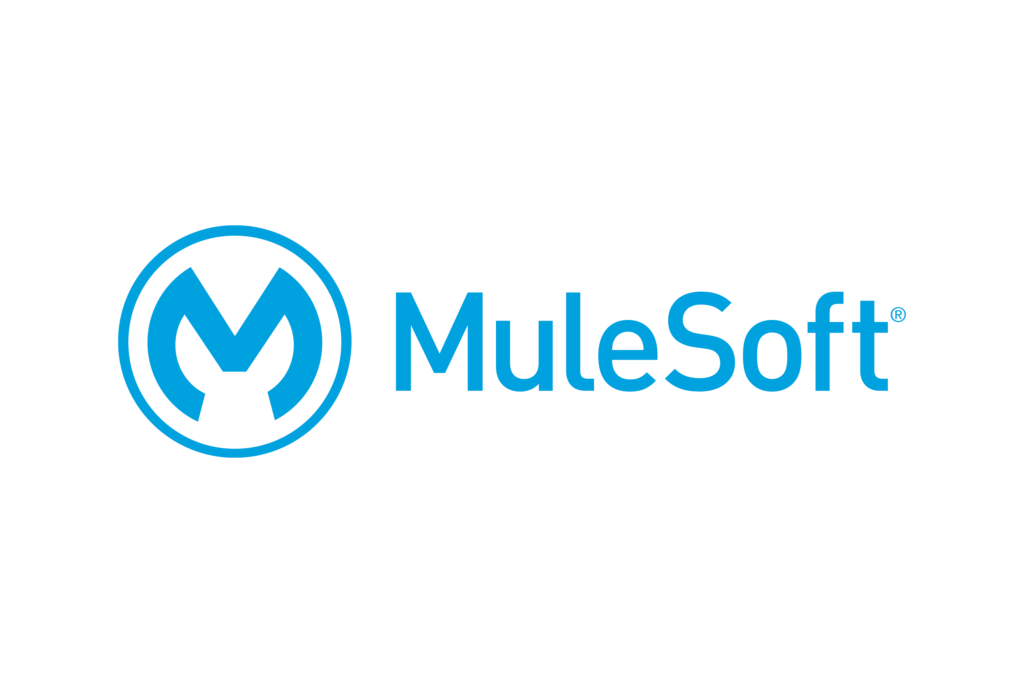
In Mule 4, the HTTP Request connector is a powerful component that allows you to send HTTP requests and receive responses from external systems or APIs. It provides an interface for configuring various aspects of the HTTP request, such as the request method, URL, headers, query parameters, payload, and handling the response.
Here’s a breakdown of the key concepts and features related to the HTTP Request connector in Mule 4:
- Configuration:
- Host: Specify the hostname or IP address of the target system you want to send the request to.
- Port: Specifies the port number of the target system.
- Base Path: Specifies a common path prefix that will be appended to the URL for all requests.
- TLS/SSL: Allows you to configure secure communication over HTTPS.
- Request Configuration:
- Method: Specifies the HTTP method to be used, such as GET, POST, PUT, DELETE, etc.
- Path: Specify the specific path or endpoint you want to hit on the target system.
- Query Parameters: This enables you to add key-value pairs as query parameters to the request URL.
- Headers: Allows you to add custom headers to the HTTP request, such as Content-Type, Authorization, etc.
- Request Body: Provides the ability to include a payload in the request, such as JSON, XML, or form data.
- Response Handling:
- Response: Provides access to the response received from the target system.
- Response Body: Gives access to the body of the response.
- Status: Allows you to access the HTTP status code and status message of the response.
- Headers: Provides access to the headers returned in the response.
- Error Handling:
- The HTTP Request connector automatically handles certain types of errors, such as connection failures or invalid URLs. You can define error-handling strategies to deal with different types of errors.
- Data Mapping and Transformation:
- Mule 4 offers DataWeave, a powerful transformation language, which can be used to transform the request payload or the response body into the desired format.
- Dynamic Configuration:
- The HTTP Request connector supports dynamic configuration, allowing you to set properties like the URL or headers dynamically at runtime based on your application’s requirements.
The HTTP Request connector in Mule 4 simplifies the process of integrating with external systems and APIs by providing a user-friendly interface and a comprehensive set of features for constructing and handling HTTP requests. It empowers you to build robust and scalable integrations by easily interacting with various web services and RESTful APIs.
Here’s a code example:
<http:request-config name="HTTP_Request_Config" host="api.example.com" port="80" basePath="/api" doc:name="HTTP Request Configuration" />
<flow name="HTTP_Request_Flow">
<set-variable variableName="userId" value="123" doc:name="Set userId" />
<http:request method="GET" config-ref="HTTP_Request_Config" path="/users/{userId}">
<http:uri-params>
<http:uri-param paramName="userId" value="#[vars.userId]" />
</http:uri-params>
</http:request>
<logger level="INFO" message="Response Body: #[payload]" />
</flow>In the code example:
- The
set-variableelement is used to set the value of theuserIdvariable to123. This variable can be accessed later within the flow usingvars.userId. - Inside the
http:requestelement, thehttp:uri-paramselement is used to define the URI parameters. TheparamNamethe attribute specifies the name of the parameter and thevalueattribute references theuserIdvariable using#[vars.userId]. - The response from the HTTP request is logged using the
loggercomponent, similar to the previous example.
Remember to modify the host, port, basePath, and path values in the code according to your specific API requirements.
By using the Variable module, you can set and access variables within a flow in Mule 4.
Leave a Comment
You must be logged in to post a comment.